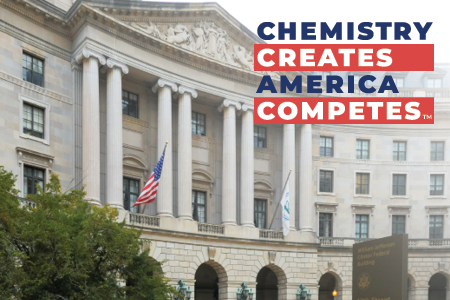The American Chemistry Council (ACC) released a statement regarding the Environmental Protection Agency’s (EPA) recent announcement of a National Primary Drinking Water Regulation (NPDWR) for certain PFAS chemistries. The ACC emphasized the importance of ensuring access to safe drinking water and protecting the health, well-being, and safety of Americans.
The ACC expressed concerns about the underlying science used to develop Maximum Contaminant Levels (MCLs) in the proposed regulations. Peer-reviewed research and the EPA’s own Science Advisory Board have raised doubts about the basis for the standards and the accuracy of the data used. Local governments, water agencies, and organizations have also echoed these concerns, noting the high estimated costs of implementing the new regulations and the lack of consideration for other water and infrastructure issues.
The ACC highlighted the importance of incorporating real-world data into the final rule, pointing out that new information from national monitoring has revealed inaccuracies in the proposed regulations. Failure to adjust the standards based on this data could result in a higher number of small water systems being impacted, putting additional strain on resources and diverting attention from other pressing water needs.
The ACC reiterated its support for a science-based drinking water standard but criticized the rushed and unscientific approach taken in the development of the proposed regulations. The organization stated its strong opposition to the rule and expressed a commitment to working with stakeholders to determine the next steps in addressing



